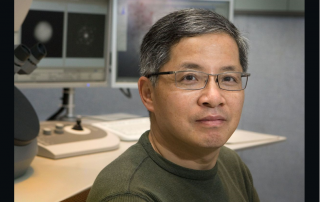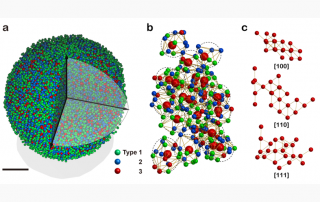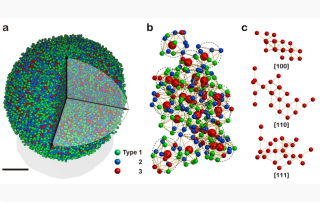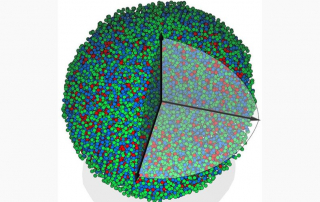Congrats to Dr. Alexandra Werth for Receiving the 2021 Excellence in Teaching Award from the CU Boulder Physics Department
Dr. Alexandra Werth receives the 2021 Excellence in Teaching Award for outstanding contributions to Phys 1140:
- Primarily responsible for the design, creation and running of a remote version of the Phys 1140 lab course
- Remote version of Phys 1140 has been very successful and popular with students.








